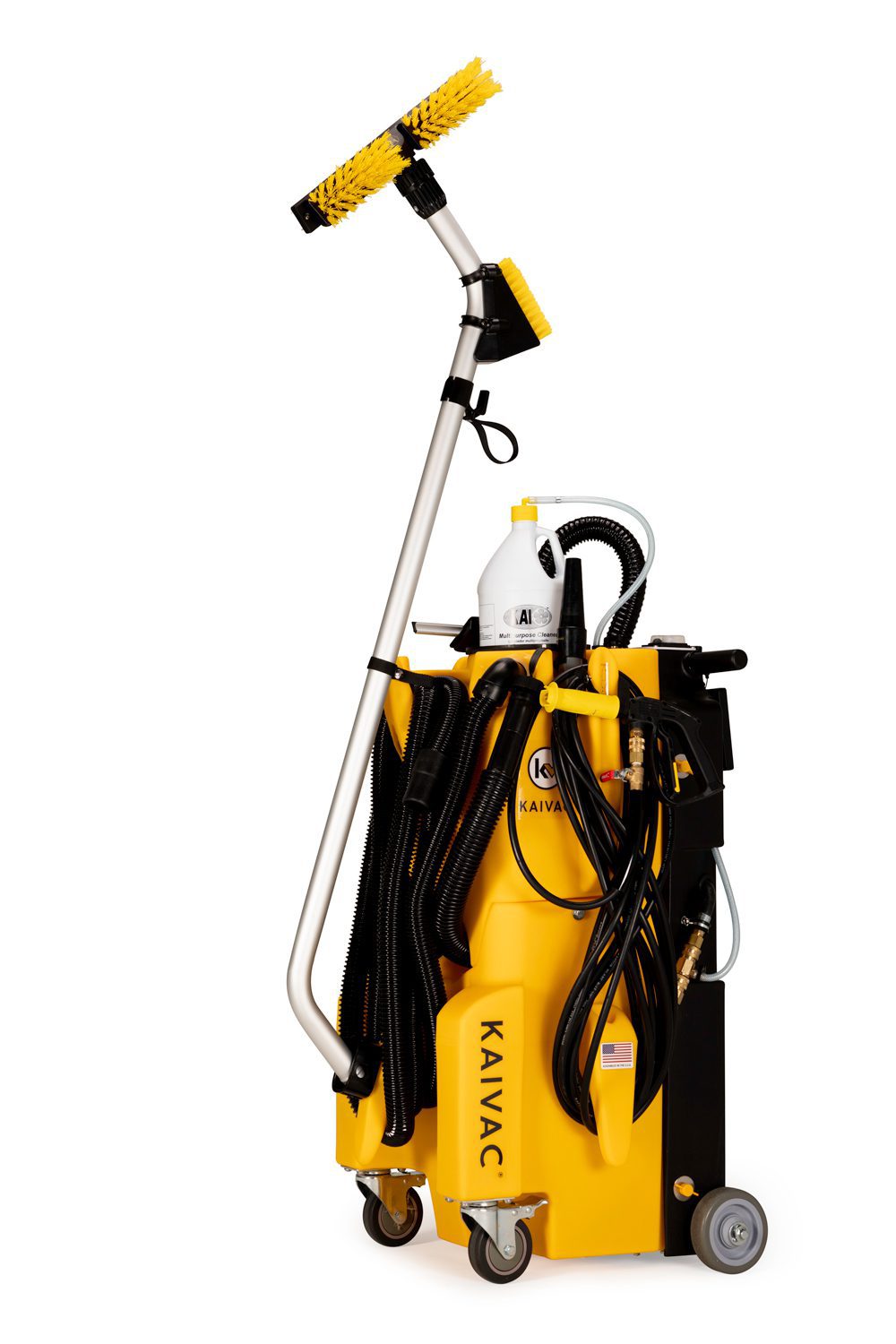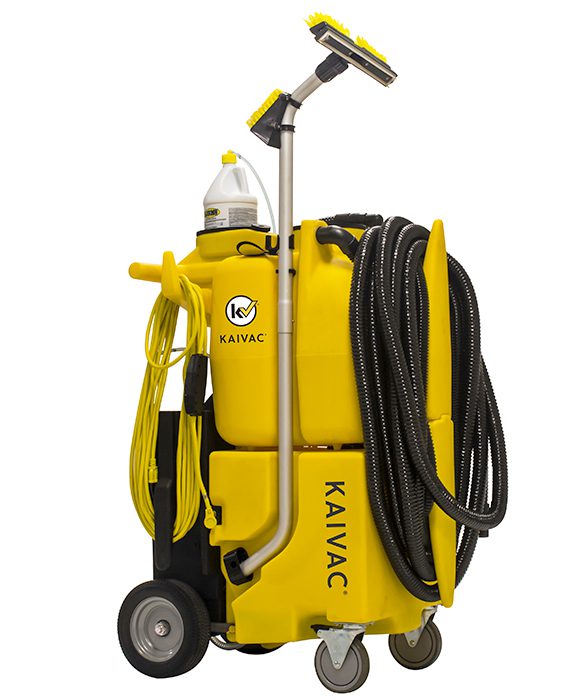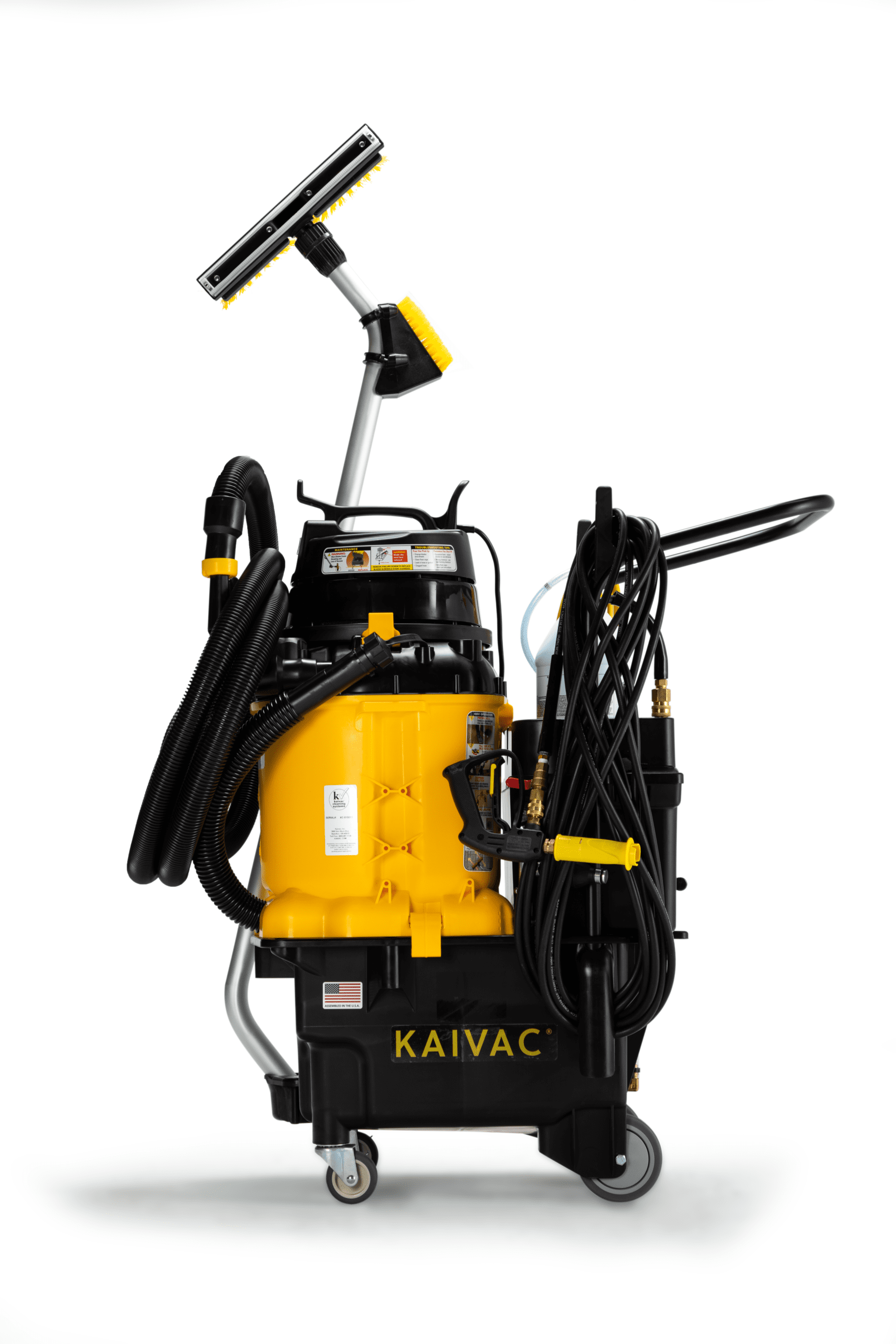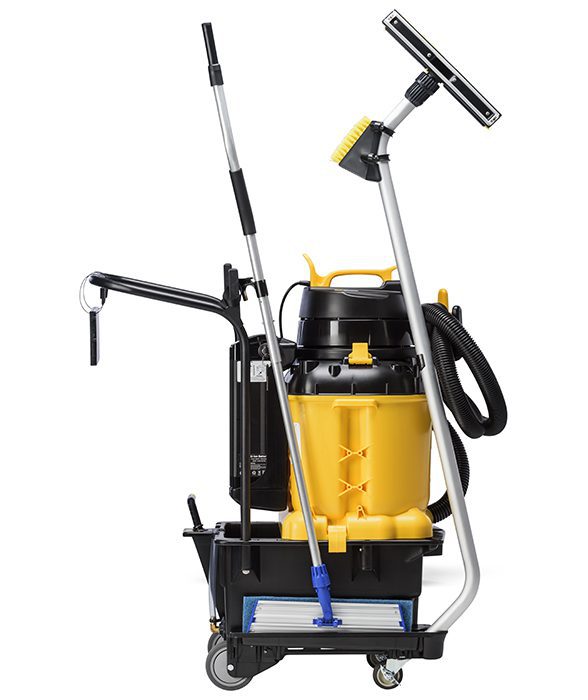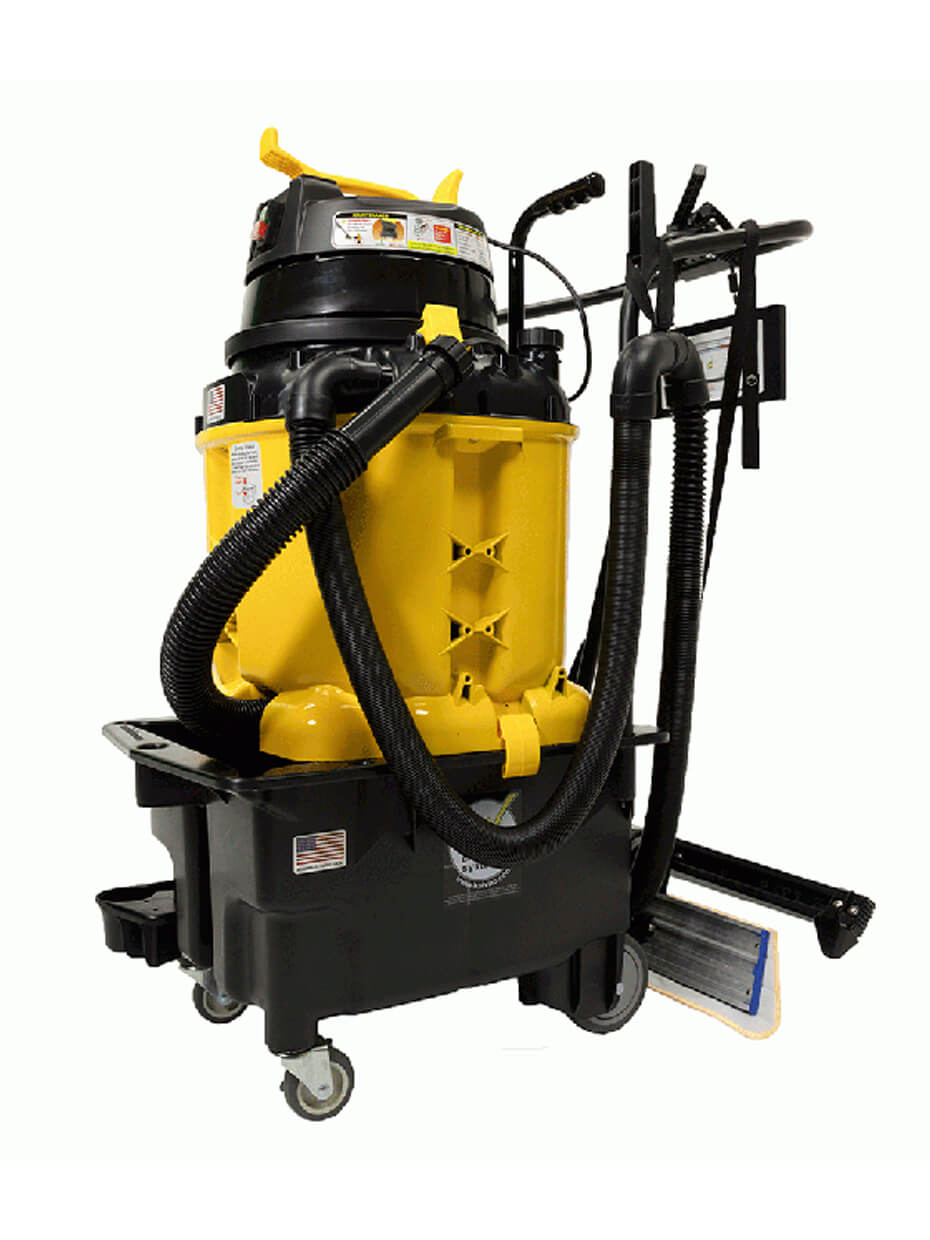“We have a problem, and I need help fixing it.”
That’s a sentence I hear frequently in my line of work. Anyone in commercial cleaning knows that, to keep up with today’s facility demands, you have to evolve with more efficient tools and techniques. However, making that change is easier said than done. While it’s one thing to want innovation, it’s another thing for your organization to fully embrace it.
Change is never easy. Decision makers and end-users often have differing perspectives on what changes are necessary. Any organization looking to make a major transition needs a strong leader ready to implement a change management plan to prevent change from fizzling and failing to take hold. Below I’ve laid out 5 steps for change management in commercial cleaning that will help unify an organization and ensure a smooth and successful transition.
1. Find the Why
Before a change can be made, decision makers first have to understand why the change should be made. For example, if you’re cleaning a commercial kitchen, the why may be reducing the risk of slip-and-fall accidents. If you’re cleaning restrooms, the why might be the elimination of malodor, reduced cleaning times, or fewer complaints. The why drives the change and ties it to measurable goals.
2. Create a Mandate
The next step requires a strong leader to communicate the why to the rest of the organization and create a mandate for change. Communicate about the problem and establish the new program as a way the team can solve it together. The mandate must include goals that are actionable and measurable, so everyone knows what success will look like. Once you create the mandate, it has to be followed by an implementation plan.
3. Develop Education and Training
Implementation starts with training. The most successful organizations create training materials around the new systems they want to adopt. This includes a training manual and training protocol for SOP (standard operation procedure). Don’t forget to include hands-on practice as part of the education, so be sure to take your training out of the classroom and into the field.
4. Measure Impact
You can’t manage what you don’t measure. Once you implement your new system, you need to measure the impact. Whether you validate the outcomes with ATP measurements, by timing cleaning tasks, or by logging a reduction in occupant complaints, it is critical to communicate results to your organization. Then you have proof that the changes have made a positive impact, and the inconvenience of the change was justified.
5. Oversee and Reinforce
Finally, you must oversee and reinforce the new program. Positive reinforcement is key for change management. Highlight the success and the people who are really adhering to the new program. Hold staff accountable by reinforcing trainings.
I have one customer who is reinforcing a change to Kaivac systems by removing mop carts from all of their retail locations, so their staff cannot return to the old way. That’s a radical shift that ensures that the change is truly here to stay.
Change Management Requires Leadership
All change requires strong, focused leadership. The challenge of change can leave an organization disgruntled and disorganized, or it can usher in a new period of growth and success. A change management plan in the form outlined above will ensure that your organization transitions smoothly and emerges stronger than ever.


